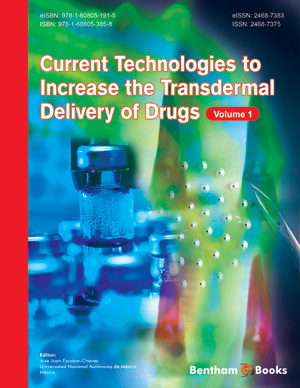Abstract
Lipid-based formulations (LBFs) are an alluring alternative among novel drug delivery formulations that are used for the improvement in solubility and bioavailability of drugs that are impossible to dissolve because of their limited solubility in the gastrointestinal tract. As a controlled and targeted formulation, LBDDS includes the discharge of drugs in a controlled manner, high drug loading capacity (as compared to others), biodegradable and biocompatible, carrying capabilities for both lipophilic and hydrophilic drugs and excipients with less risk profile. The most imperative classification in novel drug delivery systems is LBFs including self-emulsifying lipid formulations, lipid solutions and lipid suspensions. Emulsions, microemulsion, nanoemulsion, liposomes, solid lipid nanoparticles, niosomes, lipospheres, ethosomes, self-emulsifying drug delivery system and selfmicroemulsifying drug delivery systems. GI lipid digestion is a mechanism of lipidbased drug delivery systems that is based on the dispersion of oil droplets to give a fine formulation of emulsion, hydrolysis of fatty acid esters with the help of enzymes at the emulsion water interface, desorption and dispersion of insoluble lipid products for absorption. Various mechanisms for upgrading the drug retention include improvement in dissolution/solubilization rate, the extension of gastric retention time; changes in the physical barrier role of the gastrointestinal tract, change in biochemical hindrance capacity of the GI tract, drug assimilation through the intestinal lymphatic system, all of these are discussed in detail. Lipid digestion, hydrophobic nature of the API and mean emulsion droplet sizes are various formulations factors that influence the bioavailability of drugs from LBDDS. Porter outlined seven regulations for the development of LBFs. This chapter highlights various types of lipid-based drug delivery systems with their benefits and drawbacks.
Keywords: Formulation factors, Lipid-based drug delivery systems, Lipid digestion, Mechanisms improving drug retention, Self micro-emulsifying drug delivery system, Solid lipid nanoparticles.






















